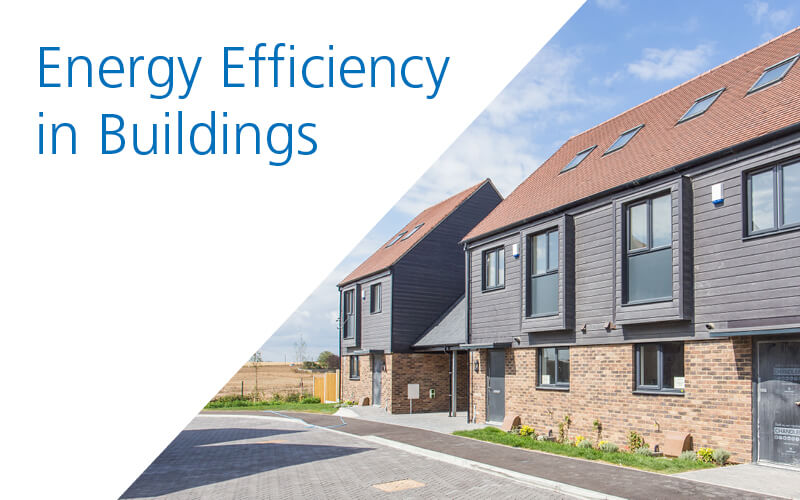
When it comes to energy efficiency in buildings, we can’t ‘cross that bridge when we come to it’ – it’s time to prepare for changes now. Debbie Phillips, national business development manager for Keylite Roof Windows, explores.
LATE last year, the UK Government announced a new target to reduce UK emissions by at least 68% by 2030, and achieve net zero by 2050. As part of this goal, the Government has uplifted energy efficiency standards and requirements, including proposals for revising the Approved Documents for Part L.
The purpose of approved document L is to ensure energy efficiency in buildings. The Target CO2 Emission Rate (TER) and Target Fabric Energy Efficiency (TFEE) rate are currently the minimum energy requirements for a new-build dwelling. To showcase that a building complies with regulation requirements, Dwelling CO2 Emission Rate (DER) and Dwelling Fabric Energy Efficiency (DFEE) rates are calculated, and both must meet or exceed the TER and TFEE.
The detail is in the design – however, that shouldn’t just stop at drawings but should also translate into specification and installation. Whilst a product may say it meets Part L or has a certain U-value, it’s important to ensure that this remains the case after it’s installed, which means mitigating the gap between performance on paper and the actual performance of a finished build.
Specifiers and contractors should look to work with SAP assessments that integrate with Registered Construction Details, which can give a thorough and more accurate insight into the expected building performance.
According to the Government department for energy, heat transfer through windows can account for up to 30% of residential temperature energy usage. When it comes to thermal efficiency and performance, one of the biggest issues for developers and contractors is thermal bridging. All too often double glazing is seen as the main culprit of this, however, despite meeting relevant standards it’s often in the installation of a product where cold bridging and condensation can occur.
Installation of roof windows is often left to the manufacturer’s discretion, with most stipulating that a gap is required around roof windows to allow for onsite adjustments and ease of installation. This gap is supposed to be ‘filled in’ after the window is installed to reduce the impact of thermal bridging, however, this is rarely stipulated in building designs, and retrofittable products such as thermal foam and collars are often not included in specifications.
It’s this gap between the roof and window that creates a cold section all around the frame due to the temperature differentiation between the outside and inside, which can eventually lead to mould and contributes toward heat loss.
In order to make houses more comfortable and energy efficient, the onus should be taken away from installers, and products should be designed and specified with optimum performance in mind. Manufacturers should design-in features that eliminate thermal bridging, reducing the risk of non-compliance and delivering a build that is closer to the expected energy performance.
With this principle in mind, Keylite has introduced an integrated expanding thermal collar for all its roof windows as standard, at no extra cost. This integrated thermal collar expands to fill and fully insulate the gap, reducing the risk of condensation and cold bridging on the installed roof window.
There are many misconceptions around thermal bridging and what we can do to tackle it, so to help clear these up my colleague Cathal McShane and I are offering free online CPD webinars until the end of July.
To register your interest please email cpd@keylite.co.uk